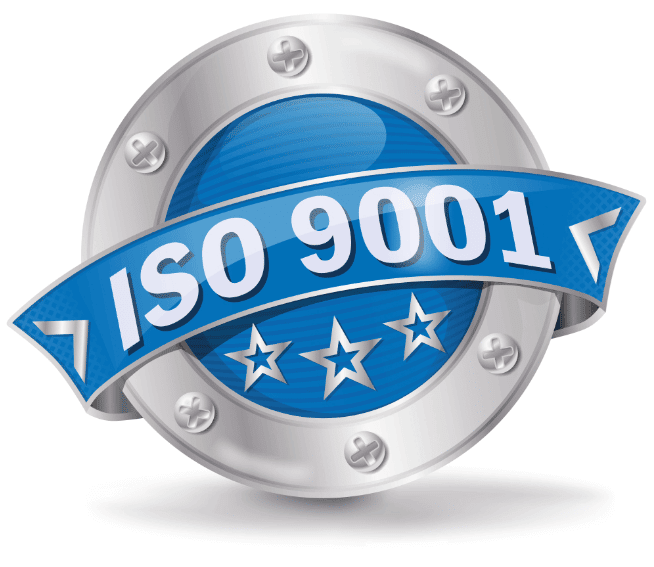Simplified Guide to Implement ISO 9001
The success of any business for the ISO 9001 certification depends on implementing the Quality Management System (QMS). To achieve the certificate, you must implement a comprehensive and scalable QMS that involves all processes and employees of your organization. It ensures that all your operations and employees of your organization. It ensures that all your processes are consistently monitored and improved to provide quality products/services.
These five crucial steps would help successfully implement the QMS in your organization.
- Train and reorient the employees
- Identify the critical success factors
- Gap Analysis
- Identifying the customer needs
- Conduct internal audits and management reviews

1). Train and Reorient the Employees
To implement the QMS, all your employees must be aware of it and understand their role in successfully executing all its operations.
2). Identify the Critical Success Factors
You should identify the critical success factors or KPIs (Key Performance Indicators) that should be improved with the QMS.
3). Gap Analysis
This is the most crucial step, which helps identify the drawbacks in your existing quality processes and what is lacking in them against the ISO 9001 requirements. According to the analysis, you can determine the changes required to build the QMS.
4). Identifying the Customer Needs
The QMS must successfully fulfill all expectations or needs of the customers. Therefore, know what your customers want.
5). Conduct Internal Audits & Management Reviews
Once the QMS is in place, conduct periodic reviews and audits to ensure whether it aligns with your quality objectives and improves customer satisfaction.
Related: A Beginner’s Guide to ISO 9001
Key Takeaway
If you are looking forward to implementing ISO 9001 from scratch or revamping your existing quality management framework, These simple guidelines will help you. It ensures that you implement the suitable QMS aligning with your organization’s goals and customer needs. However, implementing an appropriate QMS would lead to a successful ISO 9001 certification which is the benchmark of quality management in today’s competitive business landscape.